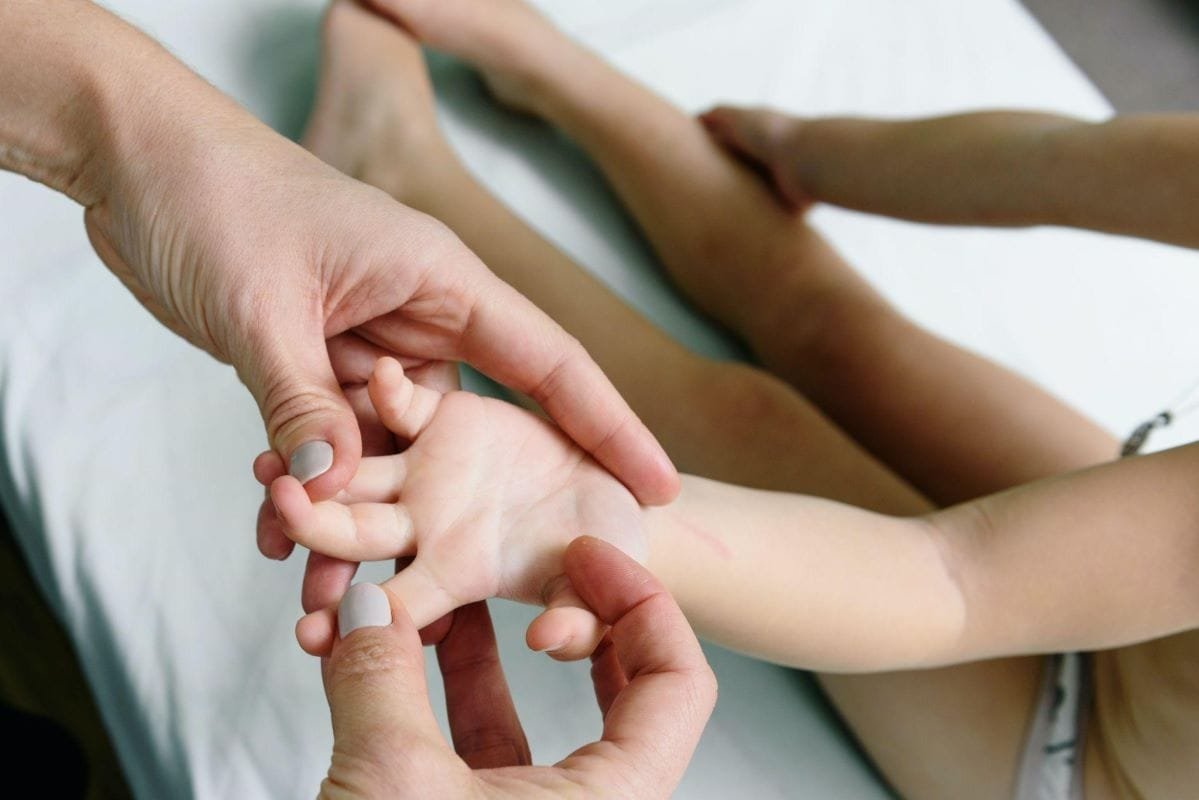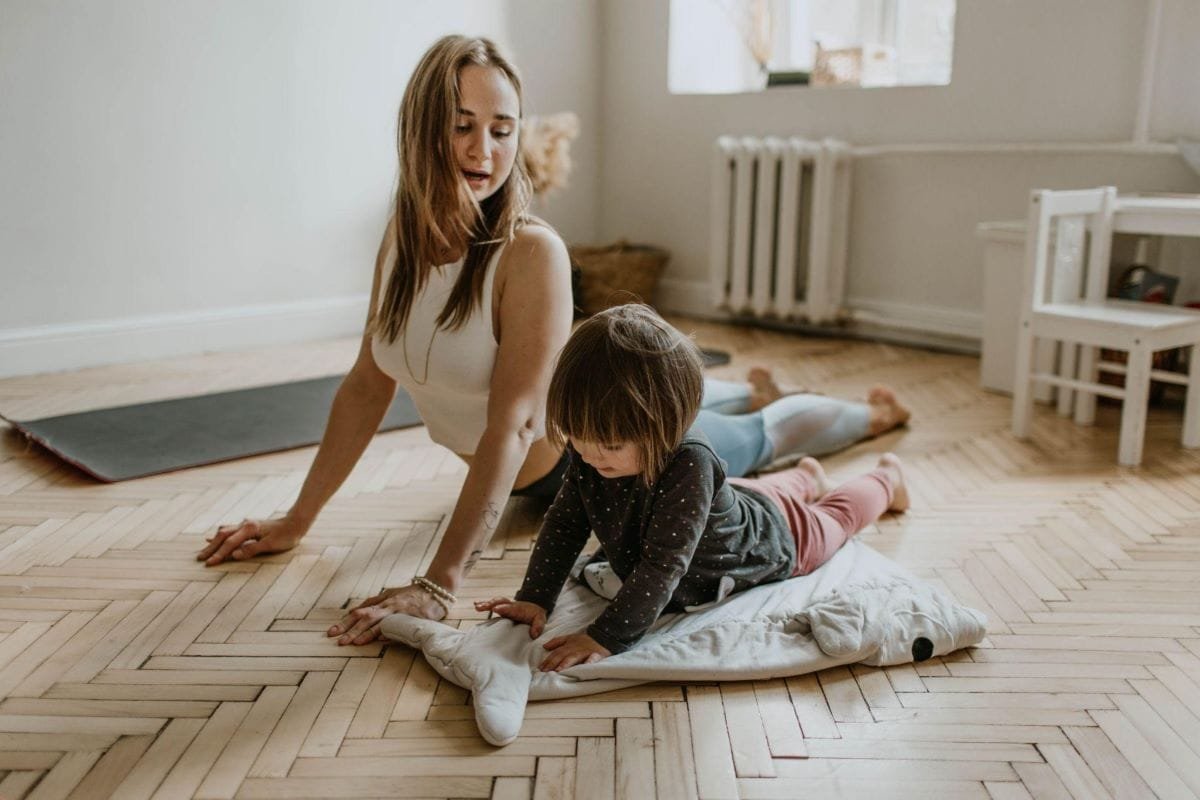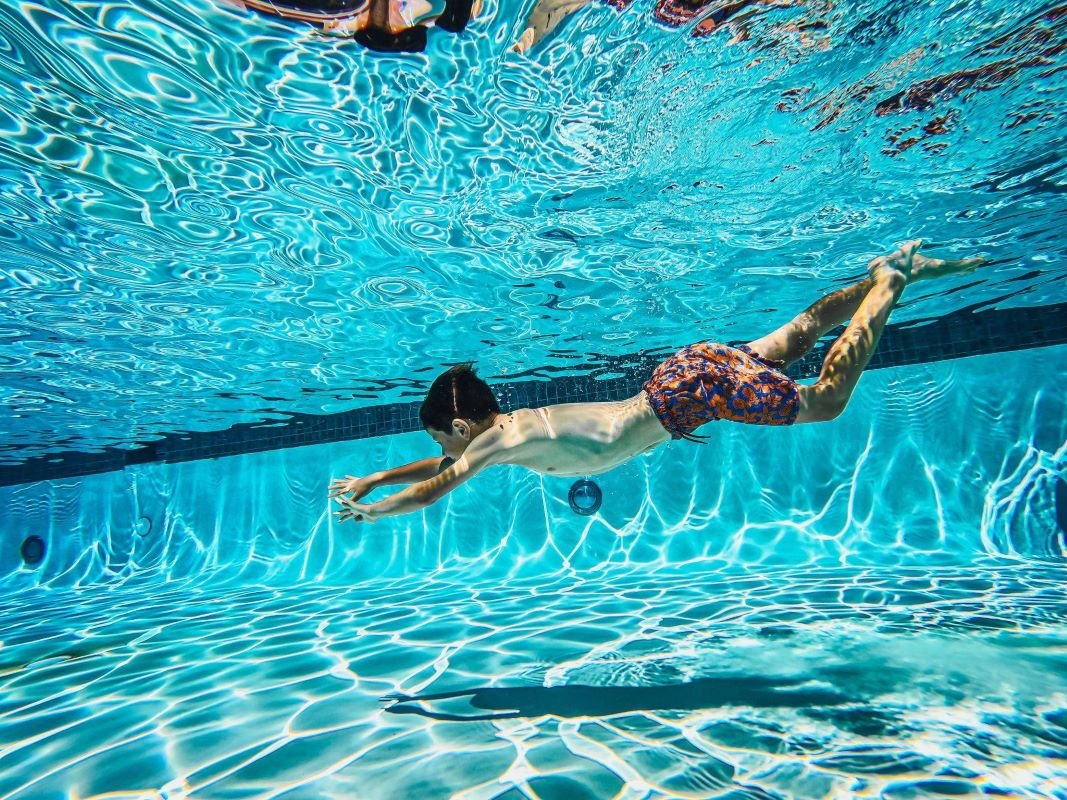For a child with Erb’s palsy, physiotherapy plays a big part in relieving pain and stiffness. In this article, we’re sharing our exercise rehabilitation tips for your child with Erb’s Palsy.

When a child is born with Erb’s Palsy this can present some significant challenges and the child will usually require physical therapy to help reduce arm pain and joint stiffness.
In recent times we’ve seen an increase in UK Erb’s Palsy compensation claims, which are important to make in order for parents and the child to have as much support as needed at home.
In this article, we’re sharing our tips for exercises that you can do at home with your child with Erb’s Palsy.
What is Erb’s Palsy?
Erb’s Palsy is a condition caused by damage to the brachial plexus – a complex network of nerves which run from the neck to the arm. The condition, which occurs during birth, causes weakness and/or disability in the child’s arm and is often a result of error or malpractice by a doctor or midwife.
Children with mild cases of Erb’s Palsy will experience arm weakness and difficulty in grasping and holding items while more severe cases may result in an almost total disability of the arm.
Exercise Rehabilitation Tips for Your Child with Erb’s Palsy

Depending on the severity of your child’s condition, they may undergo professional physiotherapy but there are also some exercises which you can perform with your child at home. In this section we’ll look at some of these:
Gentle Stretching
From the moment that your child is diagnosed, gentle stretching of the arms will help to promote nerve and muscle suppleness and prevent stiffness. Encourage your child to stretch their arms by reaching for objects at different heights and distances. Try performing simple exercises each day, first with baby on their back and then on their front.
With babies and very young children, get into the habit of stretching their affected arm yourself. Starting at the shoulder, gently massage and rotate the arm to stimulate the muscles – moving down to the wrist and, finally, the fingers.
Play Therapy
Children love to play and using toys is a really effective way of encouraging your child to stretch and exercise his or her limbs. Choose toys which need to be pushed or squeezed and which reward the child with a funny noise or other incentive. This kind of therapy can be performed pretty much anywhere, making it ideal for children with Erb’s Palsy.
You may also consider investing in games which require the use of both arms to play as, in many cases, children with Erb’s palsy will automatically try to favour only the arm which is not affected by their condition, thereby not exercising the affected arm.
Hydrotherapy
If you have a local swimming pool or leisure centre, you have everything you need to conduct hydrotherapy with your child. Water helps to support your child’s body while he or she exercises his or her arms. As well as being a great rehabilitation exercise, this one also has the added bonus of allowing you to teach your child to swim.

Weight Therapy
Many able-bodied people lift weights in order to build strength and muscle, and this can also work well for children with Erb’s Palsy. Invest in a set of baby weights or, alternatively, use items found around the house and encourage your child to lift these items with their affected arm. Begin with extremely light objects which the child can pick up easily and then, as strength improves, move on to more weighty objects.
Sports
As your child gets older, it’s a good idea to introduce them to reasonably gentle sports which will help to strengthen the arms. Table tennis, golf and rowing are all great options for strengthening the arm muscles while taking part in a fun activity.
As well as fun and exercise, taking part in sports – particularly team sports – is a really good way of encouraging your child to challenge themselves physically which, in turn, will lead to increased strength and flexibility.
Help is at hand…
Finding out that your child has a disability is always distressing and, following a diagnosis, it’s important to seek the help of a specialist doctor as soon as possible.
If you have reason to believe that your child’s diagnosis of Erb’s Palsy is a direct result of an error or malpractice by a doctor or medical professional, you should seek the services of a solicitor as soon as possible as you may be entitled to financial compensation to help you care for your child.
As well as helping your child through exercise, there are a number of support resources for parents of children with Erb’s Palsy, including the ERB’s Palsy group – a community offering support and advice to parents.
Please be advised that this article is for general informational purposes only, and should not be used as a substitute for advice from a trained medical professional. Be sure to consult a medical professional or healthcare provider if you’re seeking medical advice, diagnoses, or treatment. We are not liable for risks or issues associated with using or acting upon the information on this site.
Images source
https://www.pexels.com/photo/close-up-shot-of-person-touching-a-child-s-hand-6340567/
https://www.pexels.com/photo/woman-wearing-white-sleeveless-top-3094230/
https://www.pexels.com/photo/kids-swimming-underwater-in-a-pool-9044061/

